The Conference on Jewish Material Claims Against Germany (Claims Conference) and the World Jewish Restitution Organization (WJRO) initiate and support wide-ranging efforts toward the restitution of Jewish-owned art, Judaica, and other cultural property lost and plundered during the Holocaust.
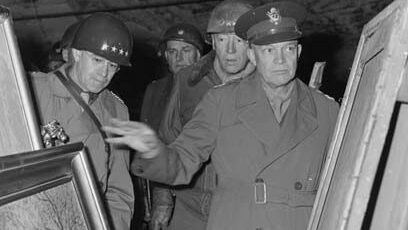
Overview
The Claims Conference-WJRO initiate and support wide-ranging efforts toward the restitution of Jewish-owned art, Judaica, and other cultural property lost and plundered during the Holocaust.
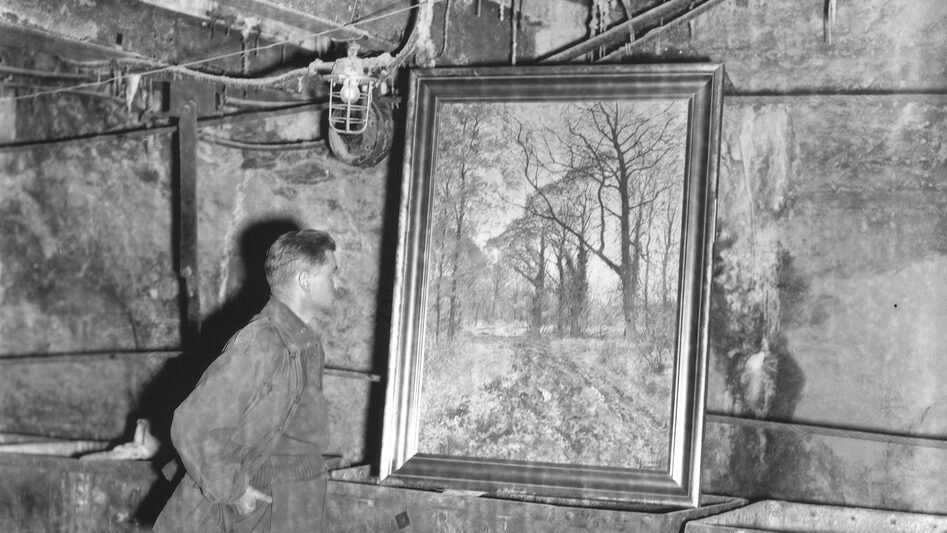
Examples of Current Efforts (2020-today)
The Claims Conference-WJRO work with governments and relevant Jewish communities to ensure a just, fair, and simple process for claims for looted art and other cultural property in each country and encourage the development of provenance research.
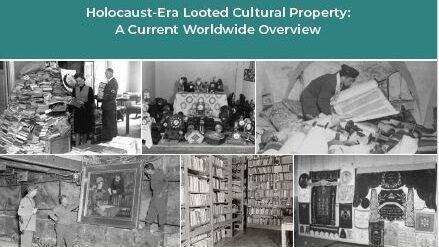
Holocaust-Era Looted Cultural Property: A Current Worldwide Overview
The WJRO-Claims Conference report was released on the occasion of the event “25th Anniversary of the Washington Principles on Nazi-Confiscated Art: Best Practices & The Way Forward,” at which U.S. Secretary of State also unveiled the historic endorsement of a document on Best Practices in art and cultural property restitution by 22 countries.
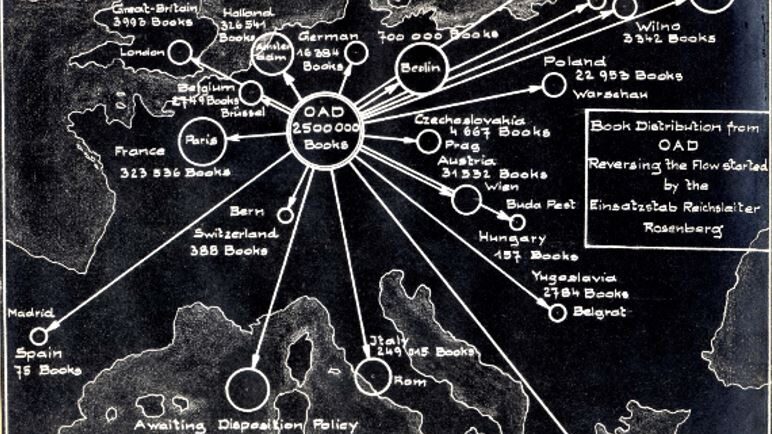
Justice for Uncompensated Survivors Today (JUST) Act
The JUST Act bill requires the State Department to investigate and submit a report to Congress on the extent to which endorsees of the 2009 Terezin Declaration on Holocaust Era Assets and Related Issues are meeting their pledges to adopt national laws and policies to help Holocaust survivors identify and reclaim their properties.
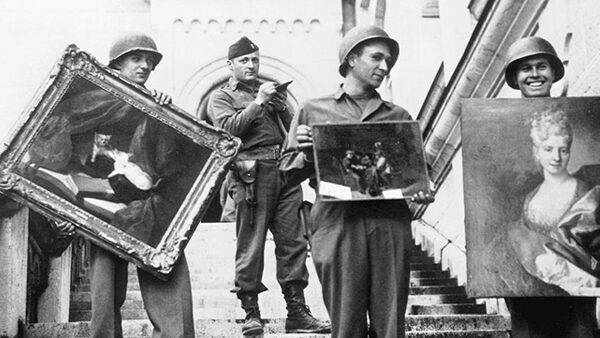
WJRO Report and Holocaust Expropriated Art Recovery (HEAR) Act Signed into U.S. Law
A WJRO report discusses how prominent U.S. museums have evaded the restitution of Nazi-era stolen art to rightful owners and heirs by refusing to resolve claims on their facts and merits and by asserting technical defenses, such as statutes of limitations, according to a new report.
In December 2016, President Barack Obama signed into law the Holocaust Expropriated Art Recovery (HEAR) Act to aid recovery of Nazi-looted art.
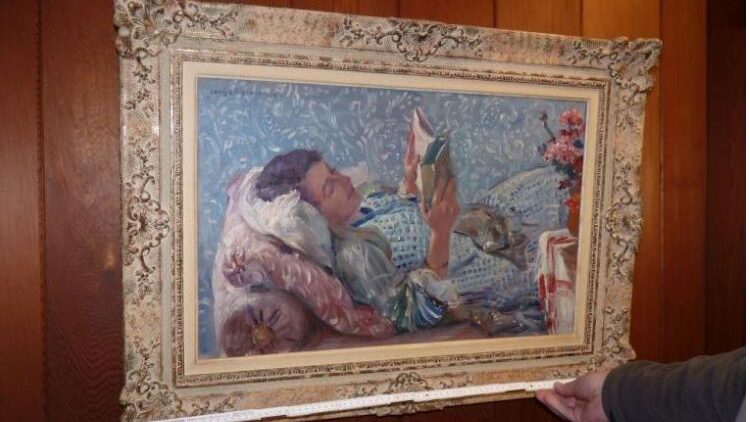
Examples of Past Efforts (2006-2020)
The Claims Conference-WJRO work with governments and relevant Jewish communities to ensure a just, fair, and simple process for claims for looted art and other cultural property in each country and encourage the development of provenance research.
last updated January 2025
Images General Dwight D. Eisenhower, Supreme Allied Commander in the West, accompanied by General Omar Bradley (left), and Lt. General George S. Patton, inspect stolen art treasures hidden in the Merkers salt mine. USHMM Photograph Number: 74574 An American soldier discovers a framed painting that was looted by the Nazi regime in an underground vault. National Archives and Records Administration. Restitution of property after the War. Yad Vashem, archival signature: 368 While serving in the US Army, Metropolitan Museum of Art curator James Rorimer supervises American GIs carrying paintings down the steps of the Neuschwanstein Castle in southern Germany in May of 1945. National Archives, provided by the Monuments Men Foundation for the Preservation of Art, Dallas Lovis Corinth “Die Lesende” Lost Art-ID 593290 (http://www.lostart.de)
